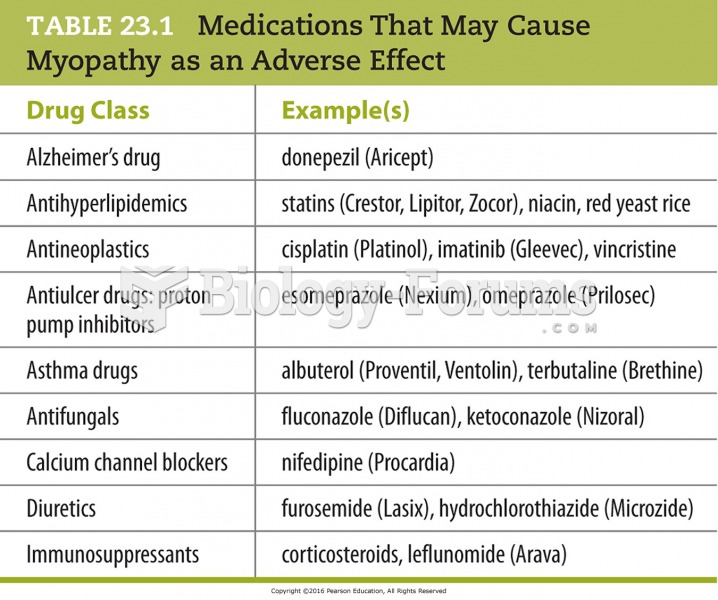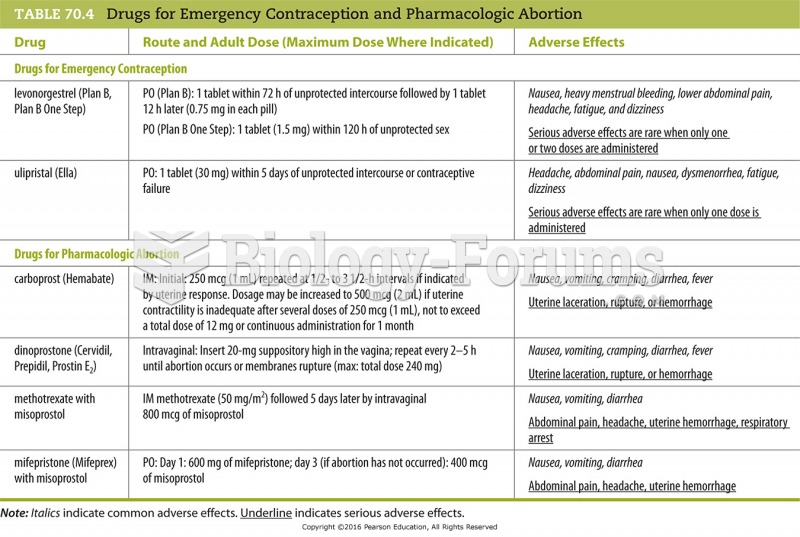Answer to Question 1
Correct Answer: 1,2,3,4
Rationale 1: Right evaluation following drug administration is one of the 10 rights of drug administration.
Rationale 2: Right assessment prior to drug administration is one of the 10 rights of drug administration.
Rationale 3: Right documentation is one of the 10 rights of drug administration.
Rationale 4: Right client education is one of the 10 rights of drug administration.
Rationale 5: All clients have the right to refuse medication. This is one of the 10 rights of drug administration.
Global Rationale: Right evaluation following drug administration, right assessment, right documentation, and right client education are all one of the 10 rights of drug administration. All clients have the right to refuse medication. This is also one of the 10 rights of drug administration.
Answer to Question 2
Correct Answer: 1,2,3
Rationale 1: It is important to double-check any calculations that the nurse may be unsure about with another nurse or the pharmacist.
Rationale 2: The nurse must always call the health care provider to confirm or clarify any orders that may be in question.
Rationale 3: Medications with similar names are a common cause for medication errors. If the facility has a list, it would be good for the new nurse to see what they are.
Rationale 4: Nurses should always review recent diagnostic lab work. The previous nurse could have misread the lab work.
Rationale 5: Orders must be in writing before any medication can be administered.
Global Rationale: It is important to double-check any calculations that the nurse may be unsure about with another nurse or the pharmacist. The nurse must always call the health care provider to confirm or clarify any orders that may be in question. Medications with similar names are a common cause for medication errors. If the facility has a list, it would be good for the new nurse to see what they are. Nurses should always review recent diagnostic lab work. The previous nurse could have misread the lab work. Orders must be in writing before any medication can be administered.







